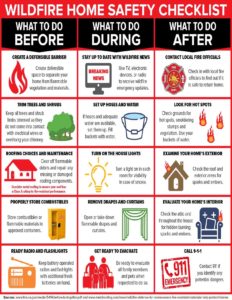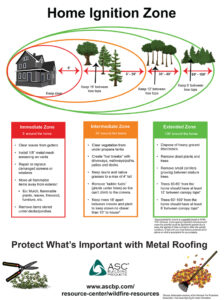How to prepare your home for wildfire
Get some wildfire risk reduction steps that can make your home safer during a wildfire.

The fire resistance* of metal roofing provides peace of mind to homeowners living in areas prone to wildfires. There are also proven methods to preparing homes for the devastating impacts of wildfires. For example, simply replacing wood chips with gravel, removing dead vegetation or ensuring items such as patio furniture stay away from the 5 ft zone around your residence (referred to as the “Immediate Zone”) can reduce your risk of ignition.
ASC Building Products has put together this page of Wildfire Resources & Information to help you understand and prepare for when fire strikes.
Check out the links below to get started.
*Roof assemblies are Class A Fire Rated when installed on non-combustible deck or framing per IBC, IRC, or when installed in accordance with UL listings (UL790)

Many of us have heard, or experienced, how wildfires have become increasingly destructive in recent years. Excessively dry weather conditions, thick forested lands, and increased populations of people living in these areas have made the situation worse than ever. In 2020, California experienced 5 of the largest wildfires on record. According to Cal Fire, in 2020 these five fires alone burned over 2.4 million acres and over 5000 structures were lost.
Building codes have continued to evolve over the years to help reduce wildfire spread, to help prevent property damage and to reduce risk of life. Requirements can vary greatly by state and local jurisdictions, but two of the prominent driving fire codes today are the IWUIC “International Wildland-Urban Interface Code” and Ch.7A “Materials and Construction Methods for Exterior Wildfire Exposure” of the California Building Code (CBC).
“The objective of this code is to establish minimum regulations consistent with nationally recognized good practice for the safeguarding of life and for property protection. Regulations in this code are intended to mitigate the risk to life and structures from intrusion of fire from wildland fire exposures and fire exposures from adjacent structures and to mitigate structure fires from spreading to wildland fuels…”
In other words, the IWUIC seeks to minimize any damage to property or lives from adjacent wild or structure fires.
Per the Wildland-Urban Interface Code, roofs shall have a roof assembly that complies with a Class A fire resistance rating when tested in accordance with ASTM E 108 or UL 790. While ASC Building Products’ metal roof panels are inherently fire resistant due to their steel construction, that alone does not make an entire roof assembly ‘Class A’ fire rated. Using fire rated underlayments, or non-combustible gypsum deck boards will usually be required to meet the ASTM E108 or UL790 Class A designation per IWUIC requirements.
All of ASC Building Products panels are UL790 Class A fire rated when installed as part of a fire rated assembly as defined in the UL listings. For most homeowners, this is as simple as including a layer of GAF Corp. “VersaShield Underlayment”, Firestone Building Products LLC “CLAD-GARD SA-FR” self-adhered underlayment, or ¼” thick (minimum) G-P Gypsum DensDeck® Barrier Board under the metal roofing panels. Consult the UL listings and the requirements of your applicable jurisdiction to confirm what your project may require.
As specified in IWUIC, exterior walls shall be a Class 1 Ignition-Resistant Construction. There are several ways to meet this requirement. One is the exterior side of the wall consisting of a non-combustible material. ASC Building Products’ metal wall panels are classified as non-combustible and have undergone ASTM A136 combustibility testing. Our products have also undergone ASTM E84 flame spread testing and have flame spread rating of ‘0’ (no flame spread).
The purpose of CBC Ch. 7a is to “establish minimum standards for the protection of life and property by increasing the ability of a building located in any Fire Hazard Severity Zone within State Responsibility Areas or any Wildland-Urban Interface Fire Area to resist the intrusion of flames or burning embers projected by a vegetation fire and contributes to a systematic reduction in conflagration losses.”
CBC Ch. 7a generally mirrors the IWUIC requirements for roof and walls. For roofs, ASC Building Products’ helps satisfy the stringent Class A fire resistance requirements when approved UL 790 roof assembly construction methods are followed. For walls, as with the IWUIC, our products are tested and classified as both a noncombustible material as well as an ignition-resistant material.
With the increased focus on wildfire safety, ASC building Products’ strongly recommends homeowners and contractors working with the local jurisdictions to confirm code requirements. In addition, other requirements may exist within IWUIC, CBC Ch7a, etc. that are tied to metal roof and wall construction that one may need to be aware of (soffit venting restrictions, etc.).
It is important to note that even though proper building materials and construction will go a long way to saving your home in the event of a wildfire, it is incredibly important (if not mandatory with some codes) to maintain a defensible space around your home. A home cladded in metal roofing or siding will improve the chances of your home surviving a wildfire, but these steps won’t be enough if a defensible space is not maintained around your home. Attached wood decks, adjacent wood landscape mulch and vegetation, or firewood stacks could assist wildfires in gaining access to your home. Defensible space requirements (or recommendations depending on your jurisdiction) can be found in the IWUIC.
As we’ve discussed, the non-combustible nature of ASC Building Products’ metal roof and siding panels make them an excellent choice for your home, or any structure, to help protect your valuable investments and what matters most. Click HERE to learn more about our residential offerings.
Following information provide courtesy of the National Fire Protection Association.
Research around home destruction vs. home survival in wildfires point to embers and small flames as the main way that the majority of homes ignite in wildfires. Embers are burning pieces of airborne wood and/or vegetation that can be carried more than a mile through the wind can cause spot fires and ignite homes, debris and other objects.
There are methods for homeowners to prepare their homes to withstand ember attacks and minimize the likelihood of flames or surface fire touching the home or any attachments. Experiments, models and post-fire studies have shown homes ignite due to the condition of the home and everything around it, up to 200’ from the foundation. This is called the Home Ignition Zone (HIZ).
The concept of the home ignition zone was developed by retired USDA Forest Service fire scientist Jack Cohen in the late 1990s, following some breakthrough experimental research into how homes ignite due to the effects of radiant heat. The HIZ is divided into three zones. Learn More
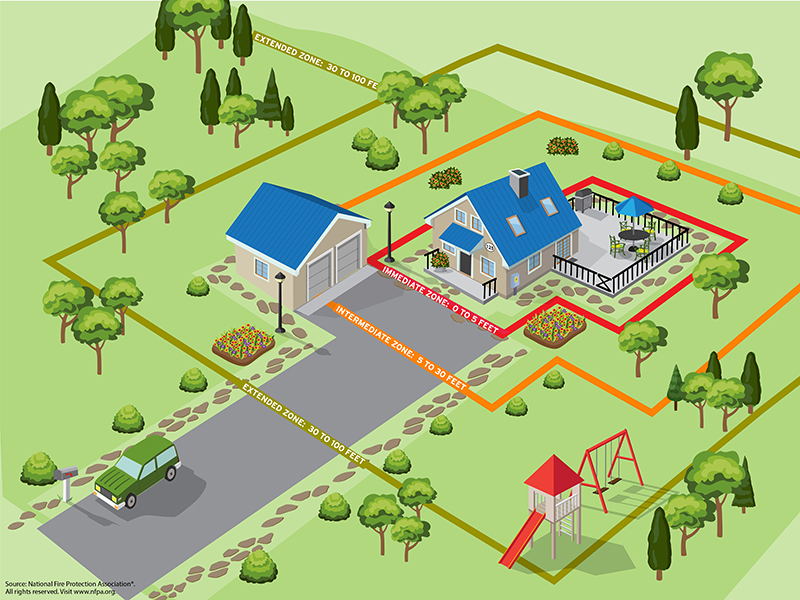
The image above from the National Fire Protection Association illustrates the Home Ignition Zone or HIZ.

Get some wildfire risk reduction steps that can make your home safer during a wildfire.
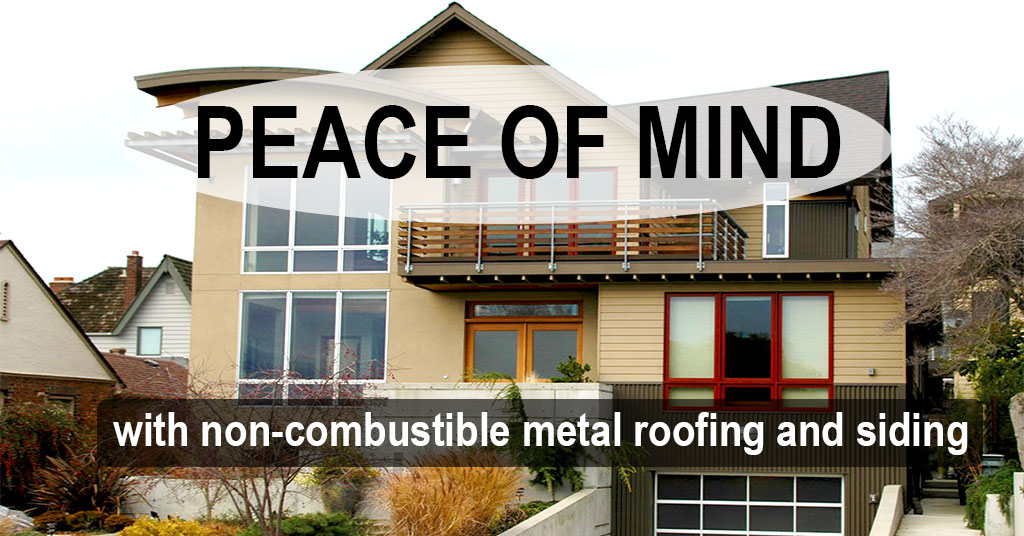
Roof assemblies are Class A Fire Rated when installed on non-combustible deck or framing per IBC, IRC, or when installed in accordance with UL listings (UL790)
Metal roofing is well-known for its durability by defying the elements. Roof assemblies are Class A Fire Rated when installed on non-combustible deck or framing per IBC, IRC, or when installed in accordance with UL listings (UL790). Skyline metal roofing is also Class 4 Impact (Hail) Resistance rated per UL 2218.
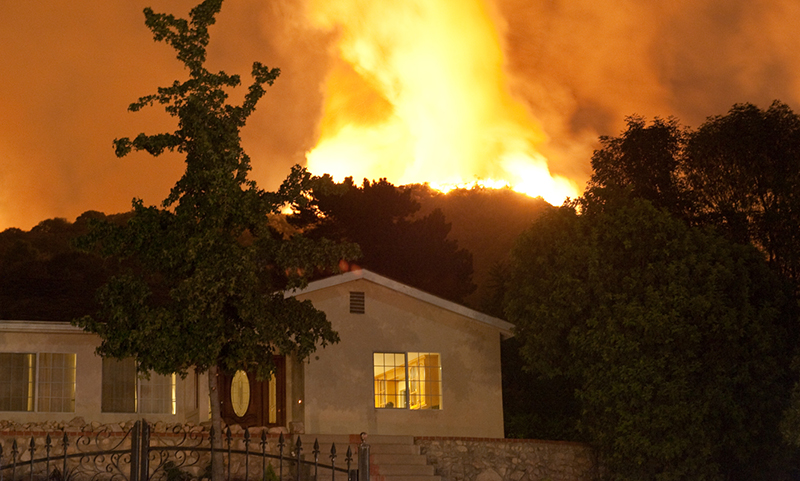
If you were unable to find the necessary information on our website, please look at the links provided below. We hope you can find the information you require from the additional resources listed here.
Fraker Fire Protection Inc.
Wildfires in California: Latest Updates To Be Prepared And Safe
ReadyForWildfire.org
Wildfire Is coming … are you ready? Important safety information.
CAL Fire
The Department of Forestry and Fire Protection.
State Farm – Wildfire Safety Tips
Wildfire guide: what to do before a wildfire.
National Fire Protection Association – Wildfire Safety Tips
Wildfire preparedness tips.
National Fire Protection Association – Codes and Standards
Wildfire codes and standards.
National Fire protection Association – Preparing homes for wildfire
What are the primary threats to homes during a wildfire?
WildFire Risk To Communities
Modify the building materials and design features of the home for wildfire resistance.
Wildfire Community
Preparedness Day
Saturday May 1st, 2021
Learn More
Wildfire Home
Safety Checklist
Download PDF
Download our Ignition Zone infographic ⇒
Visit www.nfpa.org for more additional information and tools.
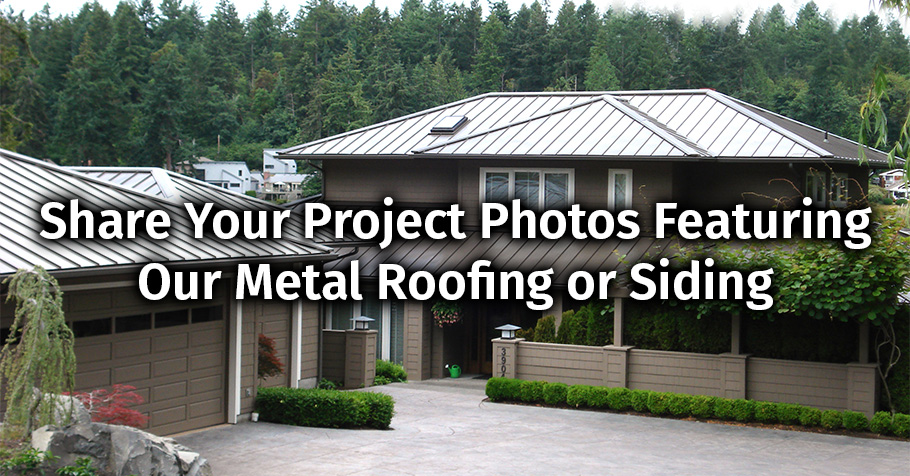
At ASC Building Products, we’re proud of the incredible projects our metal roofing and siding contri...
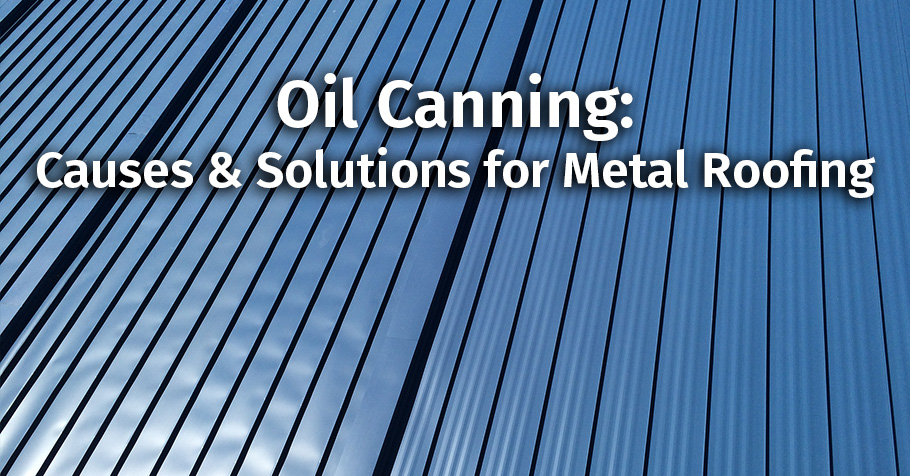
Oil canning is a common concern in the world of metal roofing. Oil canning is essentially a moderate...
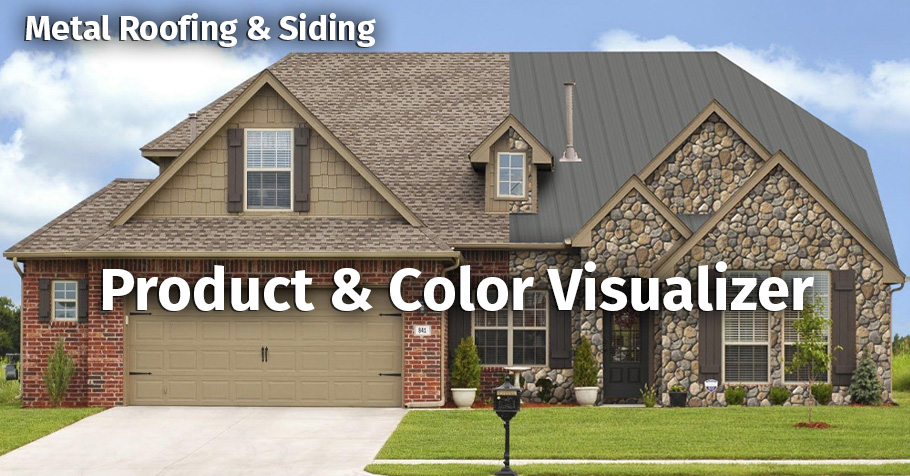
The AI powered Product & Color Visualizer is an interactive free online tool that allows you to expe...
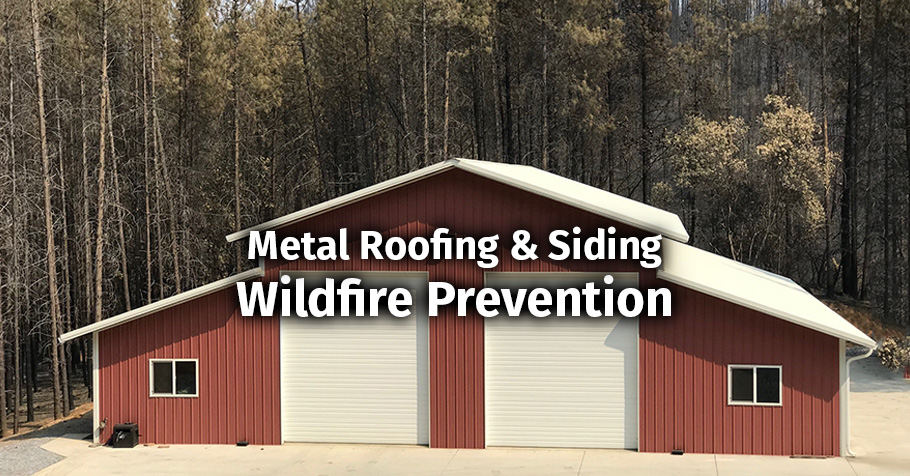
Wildfires are a growing threat for many homeowners, with more than 10 million residential properties...
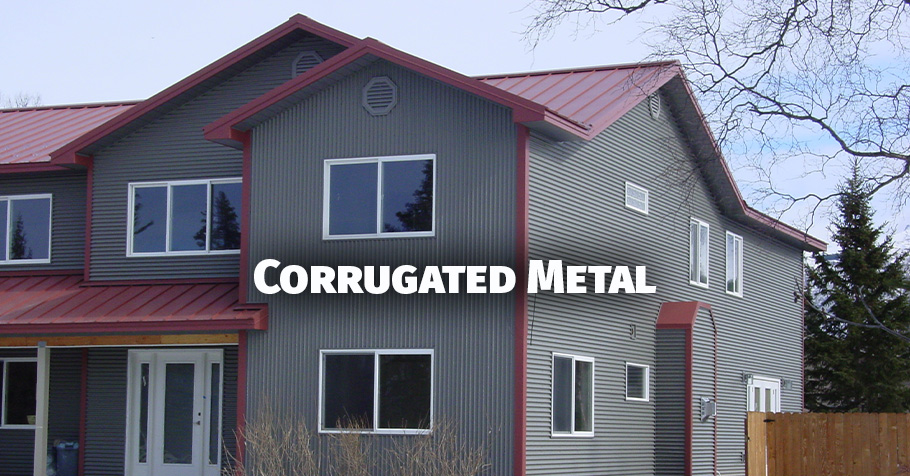
Corrugated metal is an incredibly versatile, durable, and economical panel used for roofing or sidin...
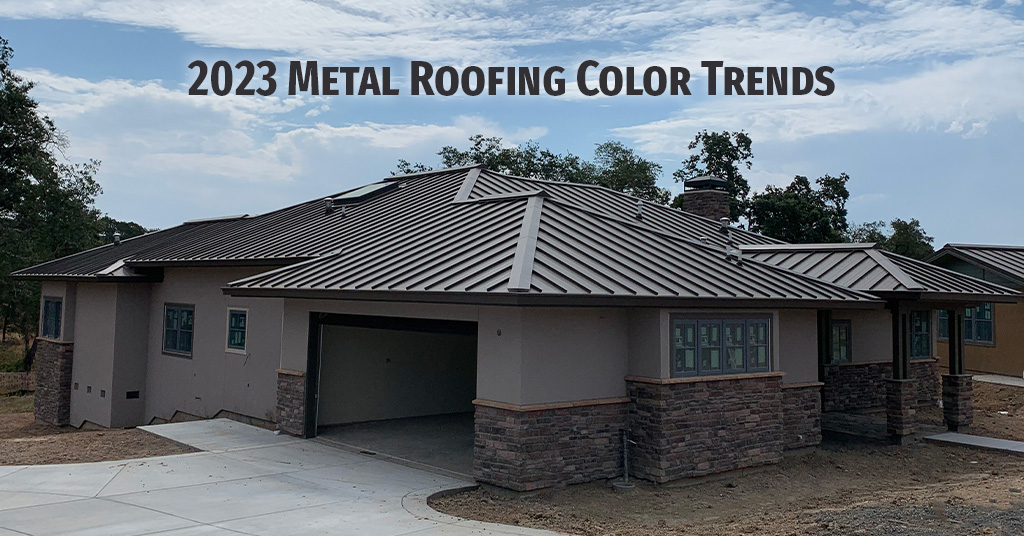
Trends often reflect a reaction to ongoing changes in the world around us. In this blog, we will exp...
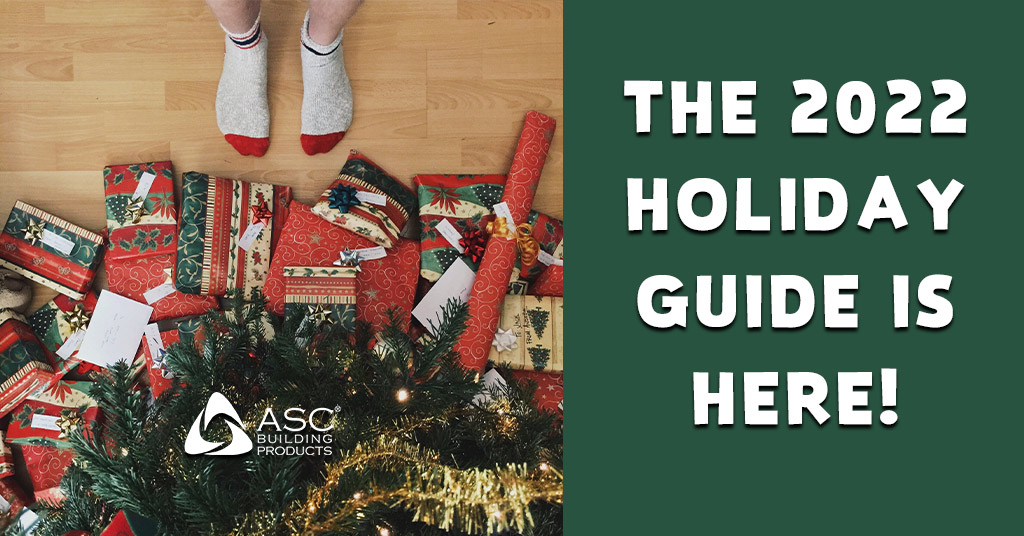
We excitedly present our 2022 Holiday Gift Guide! Browse festive and fun holiday ideas for the home...
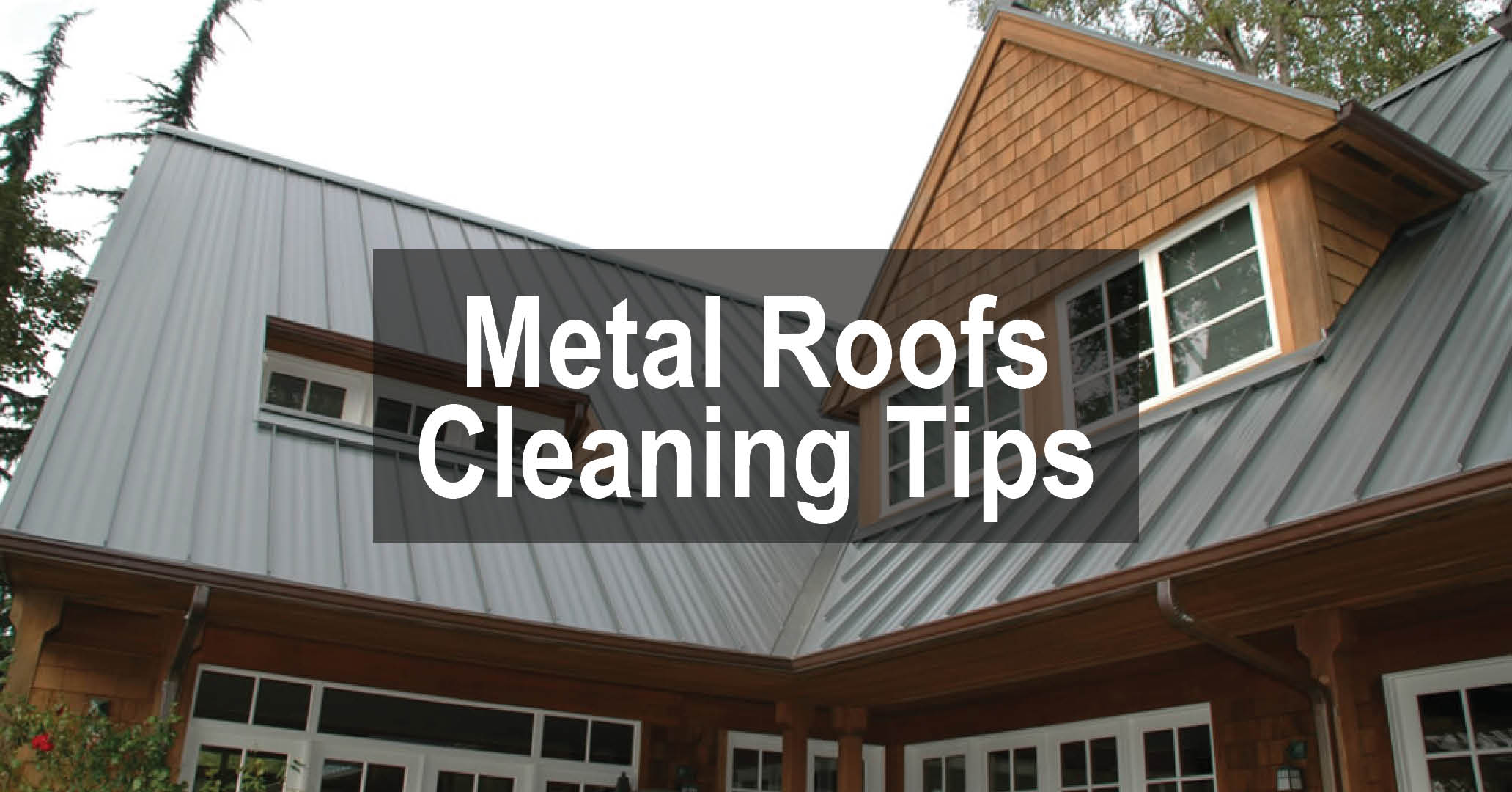
Homeowners often overlook the basics such as a post-fall roof clean that they can do themselves! Tra...
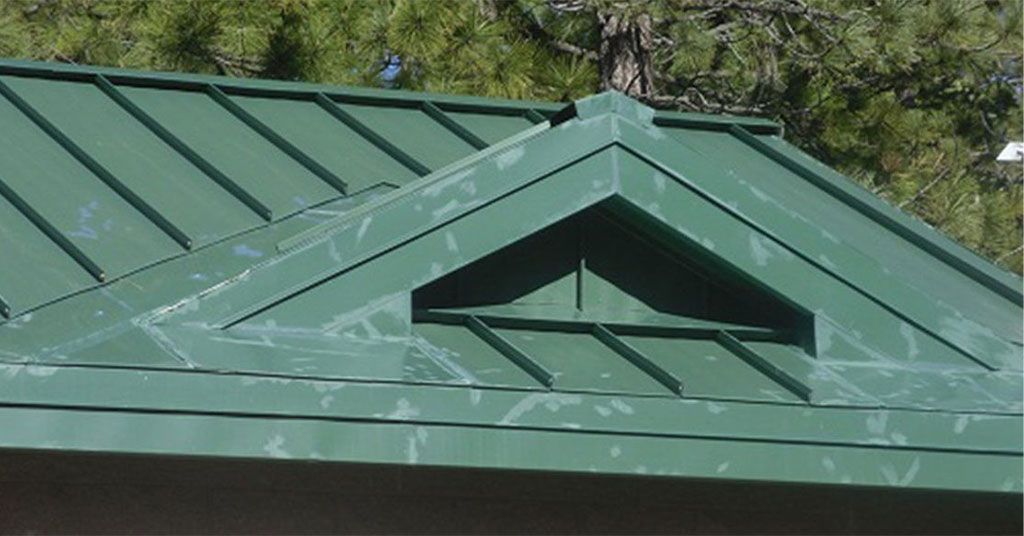
Chalk and fade are inevitable with metal roofing or siding but with planning and selecting the right...
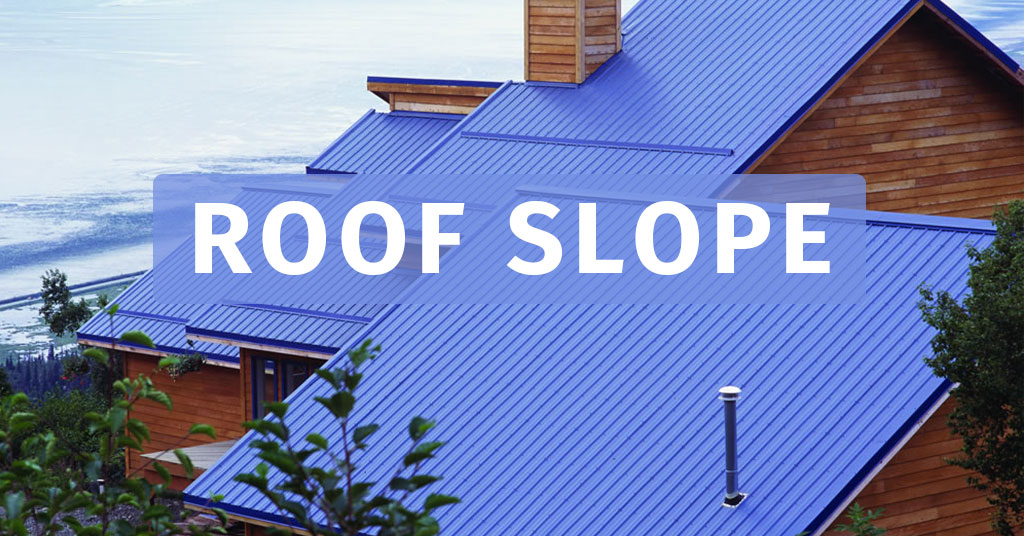
Thinking about getting a new metal roof, and you checked our Product Finder but it’s asking for your...
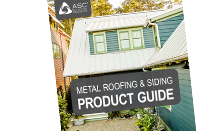
Download our Product Guide for our complete Metal Roofing & Siding product offering. Get it Now
AVAILABLE IN THE FOLLOWING METAL ROOFING AND SIDING PANELS AND GAUGES:
Please note that these colors are batch sensitive (may have color variation) and are directional in nature. Different batches are not to be mixed on projects. We recommend that you request a sample of current stocked material to review actual color before ordering to ensure color accuracy. We are not responsible for color variations.
AVAILABLE IN THE FOLLOWING METAL ROOFING AND SIDING PANELS AND GAUGES:
Please note that these colors are batch sensitive (may have color variation) and are directional in nature. Different batches are not to be mixed on projects. We recommend that you request a sample of current stocked material to review actual color before ordering to ensure color accuracy. We are not responsible for color variations.
AVAILABLE IN THE FOLLOWING METAL ROOFING AND SIDING PANELS AND GAUGES:
Please note that these colors are batch sensitive (may have color variation) and are directional in nature. Different batches are not to be mixed on projects. We recommend that you request a sample of current stocked material to review actual color before ordering to ensure color accuracy. We are not responsible for color variations.
AVAILABLE IN THE FOLLOWING METAL ROOFING AND SIDING PANELS AND GAUGES:
Please note that these colors are batch sensitive (may have color variation) and are directional in nature. Different batches are not to be mixed on projects. We recommend that you request a sample of current stocked material to review actual color before ordering to ensure color accuracy. We are not responsible for color variations.
AVAILABLE IN THE FOLLOWING METAL ROOFING AND SIDING PANELS AND GAUGES:
Please note that these colors are batch sensitive (may have color variation) and are directional in nature. Different batches are not to be mixed on projects. We recommend that you request a sample of current stocked material to review actual color before ordering to ensure color accuracy. We are not responsible for color variations.
AVAILABLE IN THE FOLLOWING METAL ROOFING AND SIDING PANELS AND GAUGES:
Please note that these colors are batch sensitive (may have color variation) and are directional in nature. Different batches are not to be mixed on projects. We recommend that you request a sample of current stocked material to review actual color before ordering to ensure color accuracy. We are not responsible for color variations.
AVAILABLE IN THE FOLLOWING METAL ROOFING AND SIDING PANELS AND GAUGES:
Please note that these colors are batch sensitive (may have color variation) and are directional in nature. Different batches are not to be mixed on projects. We recommend that you request a sample of current stocked material to review actual color before ordering to ensure color accuracy. We are not responsible for color variations.
AVAILABLE IN THE FOLLOWING METAL ROOFING AND SIDING PANELS AND GAUGES:
Please note that these colors are batch sensitive (may have color variation) and are directional in nature. Different batches are not to be mixed on projects. We recommend that you request a sample of current stocked material to review actual color before ordering to ensure color accuracy. We are not responsible for color variations.
AVAILABLE IN THE FOLLOWING METAL ROOFING AND SIDING PANELS AND GAUGES:
Please note that these colors are batch sensitive (may have color variation) and are directional in nature. Different batches are not to be mixed on projects. We recommend that you request a sample of current stocked material to review actual color before ordering to ensure color accuracy. We are not responsible for color variations.
AVAILABLE IN THE FOLLOWING METAL ROOFING AND SIDING PANELS AND GAUGES:
Please note that these colors are batch sensitive (may have color variation) and are directional in nature. Different batches are not to be mixed on projects. We recommend that you request a sample of current stocked material to review actual color before ordering to ensure color accuracy. We are not responsible for color variations.

ZINCALUME® Plus

Regal White

Parchment

Sierra Tan

Pebble

Walnut
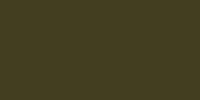
Weathered Copper

Dark Bronze

Terra-Cotta

Colonial Red
Old Town Gray

Zinc Gray

Slate Gray

Midnight Bronze

Matte Black

Tahoe Blue

Regal Blue

Sage Green

Leaf Green

Forest Green
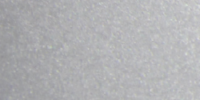
Metallic Silver
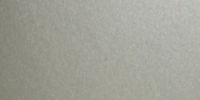
Silversmith
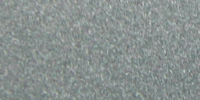
ZACtique® II
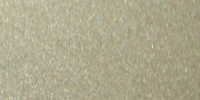
Metallic Champagne

Metallic Copper

Vintage®
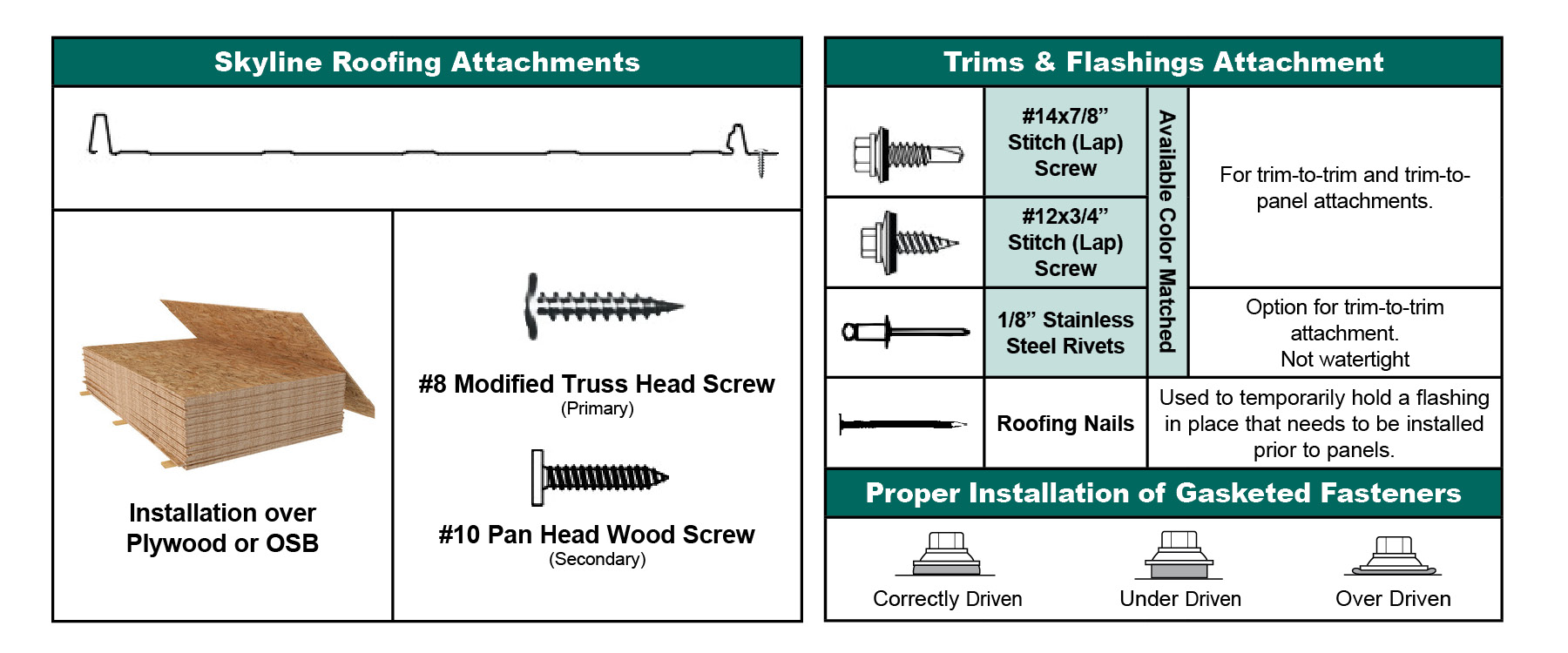
FASTENER NOTES:
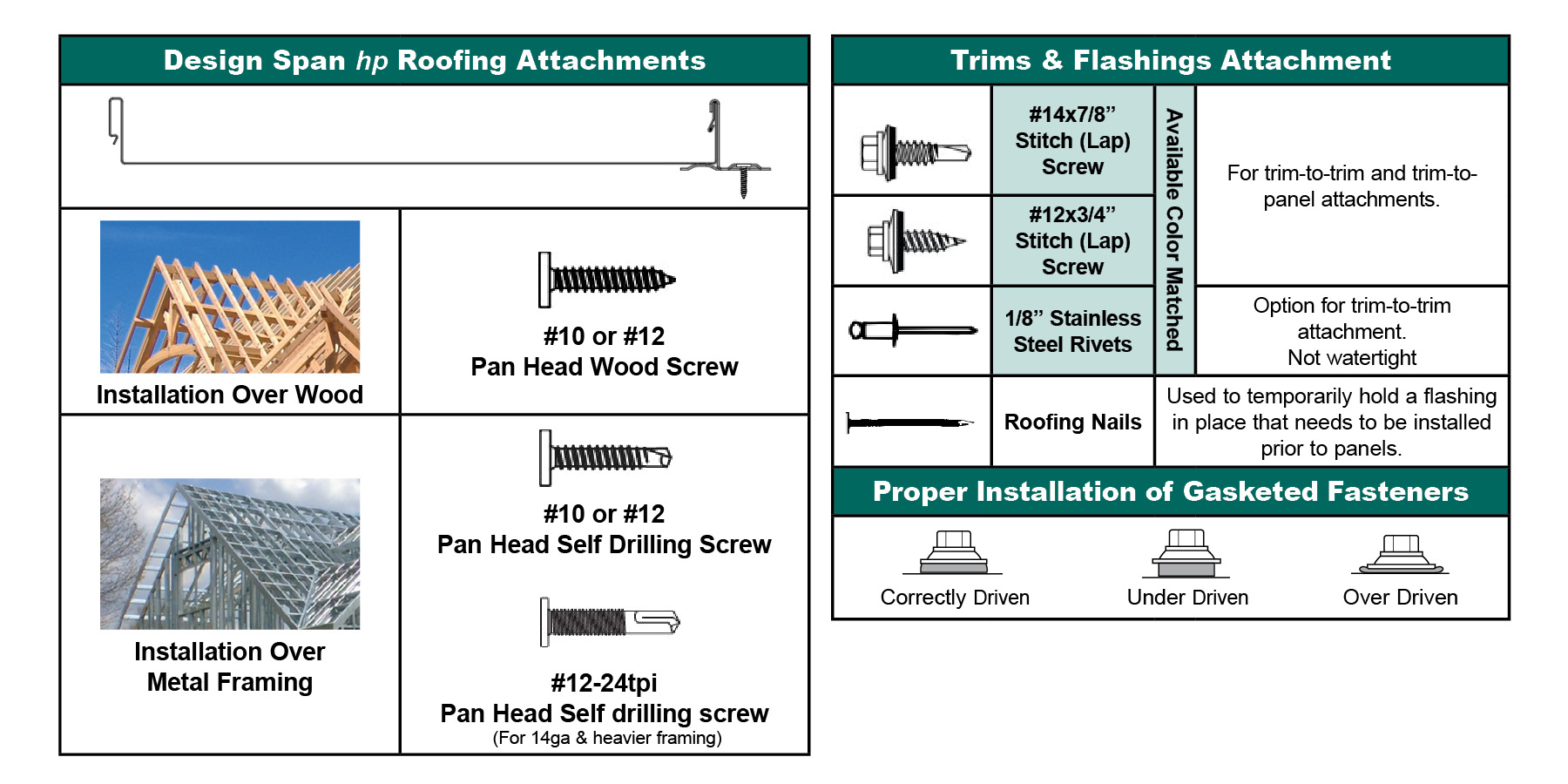
FASTENER NOTES:
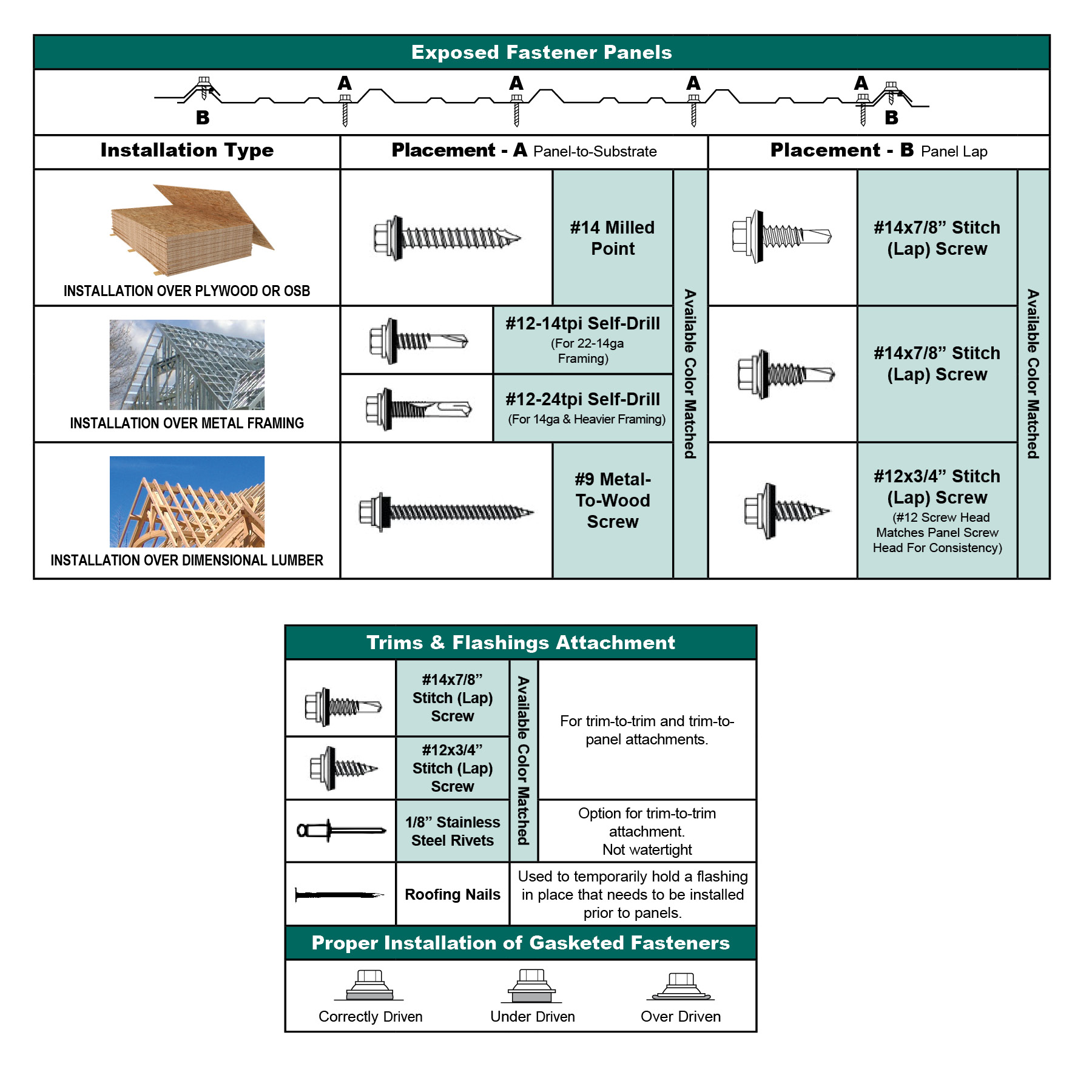
FASTENER NOTES:
AVAILABLE IN THE FOLLOWING METAL ROOFING AND SIDING PANELS AND GAUGES:
AVAILABLE IN THE FOLLOWING METAL ROOFING AND SIDING PANELS AND GAUGES:
AVAILABLE IN THE FOLLOWING METAL ROOFING AND SIDING PANELS AND GAUGES:
AVAILABLE IN THE FOLLOWING METAL ROOFING AND SIDING PANELS AND GAUGES:
AVAILABLE IN THE FOLLOWING METAL ROOFING AND SIDING PANELS AND GAUGES:
AVAILABLE IN THE FOLLOWING METAL ROOFING AND SIDING PANELS AND GAUGES:
AVAILABLE IN THE FOLLOWING METAL ROOFING AND SIDING PANELS AND GAUGES:
AVAILABLE IN THE FOLLOWING METAL ROOFING AND SIDING PANELS AND GAUGES:
Available in the following metal roofing and siding:
AVAILABLE IN THE FOLLOWING METAL ROOFING AND SIDING PANELS AND GAUGES:
AVAILABLE IN THE FOLLOWING METAL ROOFING AND SIDING PANELS AND GAUGES:
AVAILABLE IN THE FOLLOWING METAL ROOFING AND SIDING PANELS AND GAUGES:
AVAILABLE IN THE FOLLOWING METAL ROOFING AND SIDING PANELS AND GAUGES:
AVAILABLE IN THE FOLLOWING METAL ROOFING AND SIDING PANELS AND GAUGES:
AVAILABLE IN THE FOLLOWING METAL ROOFING AND SIDING PANELS AND GAUGES:
AVAILABLE IN THE FOLLOWING METAL ROOFING AND SIDING PANELS AND GAUGES:
AVAILABLE IN THE FOLLOWING METAL ROOFING AND SIDING PANELS AND GAUGES:
AVAILABLE IN THE FOLLOWING METAL ROOFING AND SIDING PANELS AND GAUGES:
AVAILABLE IN THE FOLLOWING METAL ROOFING AND SIDING PANELS AND GAUGES:
AVAILABLE IN THE FOLLOWING METAL ROOFING AND SIDING PANELS AND GAUGES:
AVAILABLE IN THE FOLLOWING METAL ROOFING AND SIDING PANELS AND GAUGES:
AVAILABLE IN THE FOLLOWING METAL ROOFING AND SIDING PANELS AND GAUGES:
AVAILABLE IN THE FOLLOWING METAL ROOFING AND SIDING PANELS AND GAUGES:
AVAILABLE IN THE FOLLOWING METAL ROOFING AND SIDING PANELS AND GAUGES:
AVAILABLE IN THE FOLLOWING METAL ROOFING AND SIDING PANELS AND GAUGES:
AVAILABLE IN THE FOLLOWING METAL ROOFING AND SIDING PANELS AND GAUGES:
AVAILABLE IN THE FOLLOWING METAL ROOFING AND SIDING PANELS AND GAUGES:
AVAILABLE IN THE FOLLOWING METAL ROOFING AND SIDING PANELS AND GAUGES:
AVAILABLE IN THE FOLLOWING METAL ROOFING AND SIDING PANELS AND GAUGES:
AVAILABLE IN THE FOLLOWING METAL ROOFING AND SIDING PANELS AND GAUGES:
AVAILABLE IN THE FOLLOWING METAL ROOFING AND SIDING PANELS AND GAUGES:
AVAILABLE IN THE FOLLOWING METAL ROOFING AND SIDING PANELS AND GAUGES:
AVAILABLE IN THE FOLLOWING METAL ROOFING AND SIDING PANELS AND GAUGES:
AVAILABLE IN THE FOLLOWING METAL ROOFING AND SIDING PANELS AND GAUGES:
AVAILABLE IN THE FOLLOWING METAL ROOFING AND SIDING PANELS AND GAUGES:
AVAILABLE IN THE FOLLOWING METAL ROOFING AND SIDING PANELS AND GAUGES:
AVAILABLE IN THE FOLLOWING METAL ROOFING AND SIDING PANELS AND GAUGES:
AVAILABLE IN THE FOLLOWING METAL ROOFING AND SIDING PANELS AND GAUGES:
AVAILABLE IN THE FOLLOWING METAL ROOFING AND SIDING PANELS AND GAUGES:
AVAILABLE IN THE FOLLOWING METAL ROOFING AND SIDING PANELS AND GAUGES:
AVAILABLE IN THE FOLLOWING METAL ROOFING AND SIDING PANELS AND GAUGES:
AVAILABLE IN THE FOLLOWING METAL ROOFING AND SIDING PANELS AND GAUGES:
AVAILABLE IN THE FOLLOWING METAL ROOFING AND SIDING PANELS AND GAUGES:
AVAILABLE IN THE FOLLOWING METAL ROOFING AND SIDING PANELS AND GAUGES:
Warranty: 25 Years Limited
AVAILABLE IN THE FOLLOWING METAL ROOFING AND SIDING PANELS AND GAUGES:
AVAILABLE IN THE FOLLOWING METAL ROOFING AND SIDING PANELS AND GAUGES:
AVAILABLE IN THE FOLLOWING METAL ROOFING AND SIDING PANELS AND GAUGES:
AVAILABLE IN THE FOLLOWING METAL ROOFING AND SIDING PANELS AND GAUGES:
AVAILABLE IN THE FOLLOWING METAL ROOFING AND SIDING PANELS AND GAUGES:
AVAILABLE IN THE FOLLOWING METAL ROOFING AND SIDING PANELS AND GAUGES:
AVAILABLE IN THE FOLLOWING METAL ROOFING AND SIDING PANELS AND GAUGES:
AVAILABLE IN THE FOLLOWING METAL ROOFING AND SIDING PANELS AND GAUGES:
AVAILABLE IN THE FOLLOWING METAL ROOFING AND SIDING PANELS AND GAUGES:
AVAILABLE IN THE FOLLOWING METAL ROOFING AND SIDING PANELS AND GAUGES:
AVAILABLE IN THE FOLLOWING METAL ROOFING AND SIDING PANELS AND GAUGES:
AVAILABLE IN THE FOLLOWING METAL ROOFING AND SIDING PANELS AND GAUGES:
AVAILABLE IN THE FOLLOWING METAL ROOFING AND SIDING PANELS AND GAUGES:
AVAILABLE IN THE FOLLOWING METAL ROOFING AND SIDING PANELS AND GAUGES:
AVAILABLE IN THE FOLLOWING METAL ROOFING AND SIDING PANELS AND GAUGES:
AVAILABLE IN THE FOLLOWING METAL ROOFING AND SIDING PANELS AND GAUGES:
AVAILABLE IN THE FOLLOWING METAL ROOFING AND SIDING PANELS AND GAUGES:
AVAILABLE IN THE FOLLOWING METAL ROOFING AND SIDING PANELS AND GAUGES:

ZINCALUME® Plus

Winter White

Light Stone

Patina Steel

Chestnut Brown

Classic Brown

Matte Black

Rustic Red

Old Town Gray

Old Zinc Gray

Weathered Copper

Slate Gray

Tahoe Blue

Everglade

Denali Green

Forest Green

Copper Penny
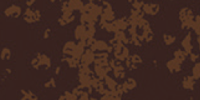
Natural Rust

Taupe

Chestnut Brown

Matte Black

Old Town Gray

Old Zinc Gray

Weathered Copper

Slate Gray

Tahoe Blue

Denali Green

Forest Green

ZINCALUME® Plus

Winter White

Desert Beige

Chestnut Brown

Classic Brown

Rustic Red

Old Town Gray

Slate Gray

Denali Green

Natural Rust

ZINCALUME® Plus

Regal White

Parchment

Sierra Tan

Weathered Copper

Dark Bronze

Terra-Cotta

Colonial Red

Old Town Gray

Zinc Gray

Slate Gray

Matte Black

Tahoe Blue

Regal Blue

Leaf Green

Forest Green

Metallic Silver

ZACtique® II

Metallic Champagne

ZINCALUME® Plus

Winter White

Classic Brown

Rustic Red

Old Town Gray

Denali Green

Forest Green

ZINCALUME® Plus

Winter White

Classic Brown

Rustic Red

Old Town Gray

Denali Green

Forest Green

ZINCALUME® Plus

Winter White

Desert Beige

Chestnut Brown

Classic Brown

Rustic Red

Old Town Gray

Slate Gray

Tahoe Blue

Denali Green

ZINCALUME® Plus

Winter White

Surf White

Light Stone

Desert Beige
Cascade Gray

Taupe

Patina Steel

Chestnut Brown

Classic Brown

Matte Black

Canyon Red

Rustic Red

Old Town Gray

Old Zinc Gray

Weathered Copper

Slate Gray

Tahoe Blue

Everglade

Denali Green

Forest Green

Copper Penny

Winter White

Light Stone

Desert Beige

Chestnut Brown

Rustic Red

Old Town Gray

Denali Green

Forest Green

Natural Rust

ZINCALUME® Plus

Winter White

Weathered Copper

Tahoe Blue

Denali Green

ZINCALUME® Plus

Winter White

Weathered Copper

Tahoe Blue

Denali Green

ZINCALUME® Plus

Winter White

Surf White

Desert Beige

Cascade Gray

Taupe

Patina Steel

Chestnut Brown

Classic Brown

Matte Black

Canyon Red

Rustic Red

Old Town Gray

Old Zinc Gray

Weathered Copper

Slate Gray

Tahoe Blue

Everglade

Denali Green

Forest Green

Copper Penny

Winter White

Light Stone

Desert Beige

Chestnut Brown

Rustic Red

Old Town Gray

Denali Green

Forest Green

ZINCALUME® Plus

Winter White

Weathered Copper

Tahoe Blue

Denali Green

ZINCALUME® Plus

Winter White

Surf White

Light Stone

Desert Beige

Chestnut Brown

Rustic Red

Old Town Gray

Weathered Copper

Tahoe Blue

Denali Green

Natural Rust

ZINCALUME® Plus

Winter White

Surf White

Light Stone

Desert Beige

Chestnut Brown

Rustic Red

Old Town Gray

Weathered Copper

Tahoe Blue

Denali Green

ZINCALUME® Plus

Regal White

Parchment

Sierra Tan

Pebble

Walnut

Weathered Copper

Dark Bronze

Terra-Cotta

Colonial Red

Old Town Gray

Zinc Gray

Slate Gray

Midnight Bronze

Matte Black

Tahoe Blue

Regal Blue

Sage Green

Leaf Green

Forest Green

Metallic Silver

Silversmith

ZACtique® II

Metallic Champagne

Metallic Copper

Vintage®

Weathered Copper

Dark Bronze

Old Town Gray

Zinc Gray

Matte Black

Slate Gray

Forest Green

ZINCALUME® Plus

Regal White

Sierra Tan

Terra-Cotta

Regal Blue

Leaf Green

Metallic Silver

Metallic Champagne

Metallic Copper

ZINCALUME® Plus

Chestnut Brown

Classic Brown

Matte Black

Rustic Red

Old Zinc Gray

Weathered Copper

Slate Gray

Tahoe Blue

Denali Green

Forest Green

Copper Penny

Natural Rust1
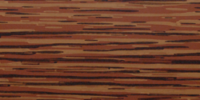
Red Cedar

ZINCALUME® Plus

Winter White

Light Stone

Desert Beige

Chestnut Brown

Classic Brown

Matte Black

Canyon Red

Rustic Red

Old Town Gray

Old Zinc Gray

Weathered Copper

Slate Gray

Tahoe Blue

Blackberry

Everglade

Denali Green

Forest Green

Copper Penny

Natural Rust1
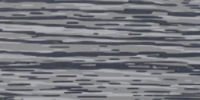
Driftwood

Red Cedar

ZINCALUME® Plus

Winter White

Light Stone

Desert Beige

Chestnut Brown

Classic Brown

Matte Black

Canyon Red

Rustic Red

Old Town Gray

Old Zinc Gray

Weathered Copper

Slate Gray

Tahoe Blue

Blackberry

Everglade

Denali Green

Forest Green

Copper Penny

Natural Rust1

Driftwood

Red Cedar

ZINCALUME® Plus

Winter White

Light Stone

Desert Beige

Chestnut Brown

Classic Brown

Matte Black

Canyon Red

Rustic Red

Old Town Gray

Old Zinc Gray

Weathered Copper

Slate Gray

Tahoe Blue

Blackberry

Everglade

Denali Green

Forest Green

Copper Penny

Natural Rust 1

Driftwood

Red Cedar

ZINCALUME® Plus

Chestnut Brown

Classic Brown

Matte Black

Rustic Red

Old Zinc Gray

Weathered Copper

Slate Gray

Tahoe Blue

Denali Green

Forest Green

Copper Penny

Natural Rust1

Red Cedar
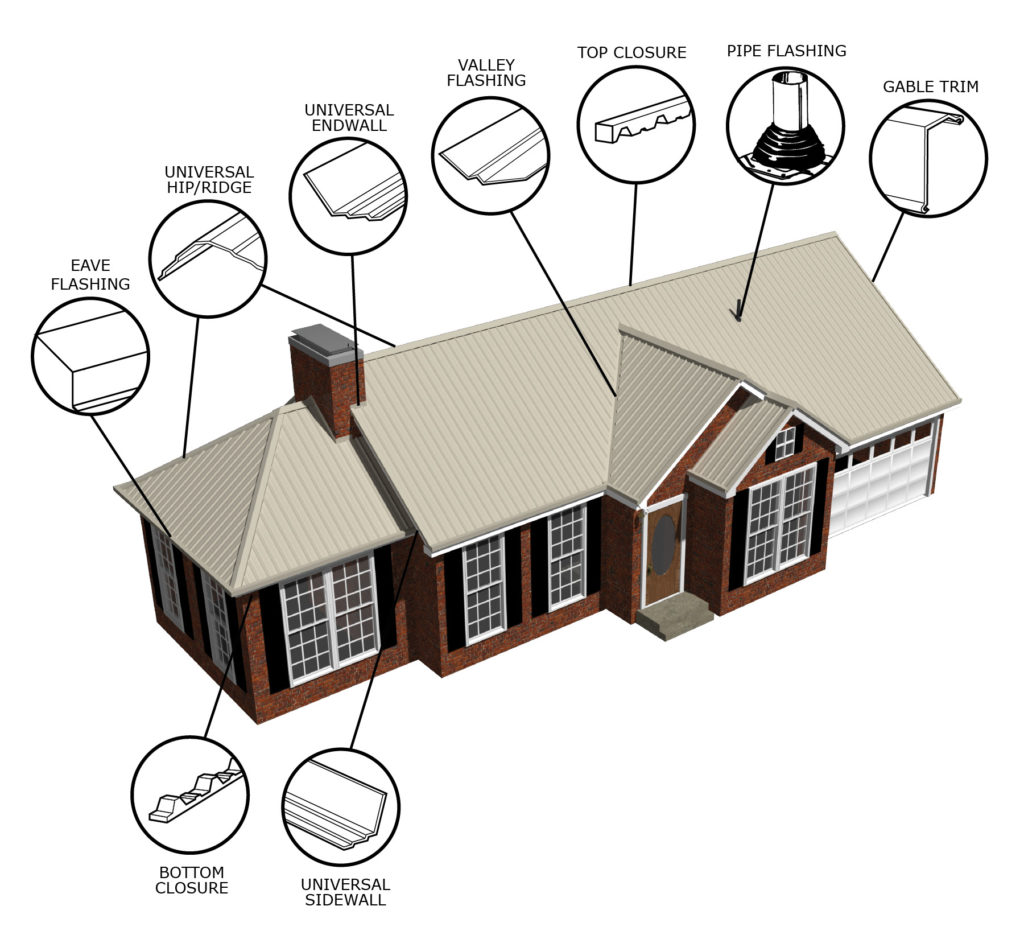
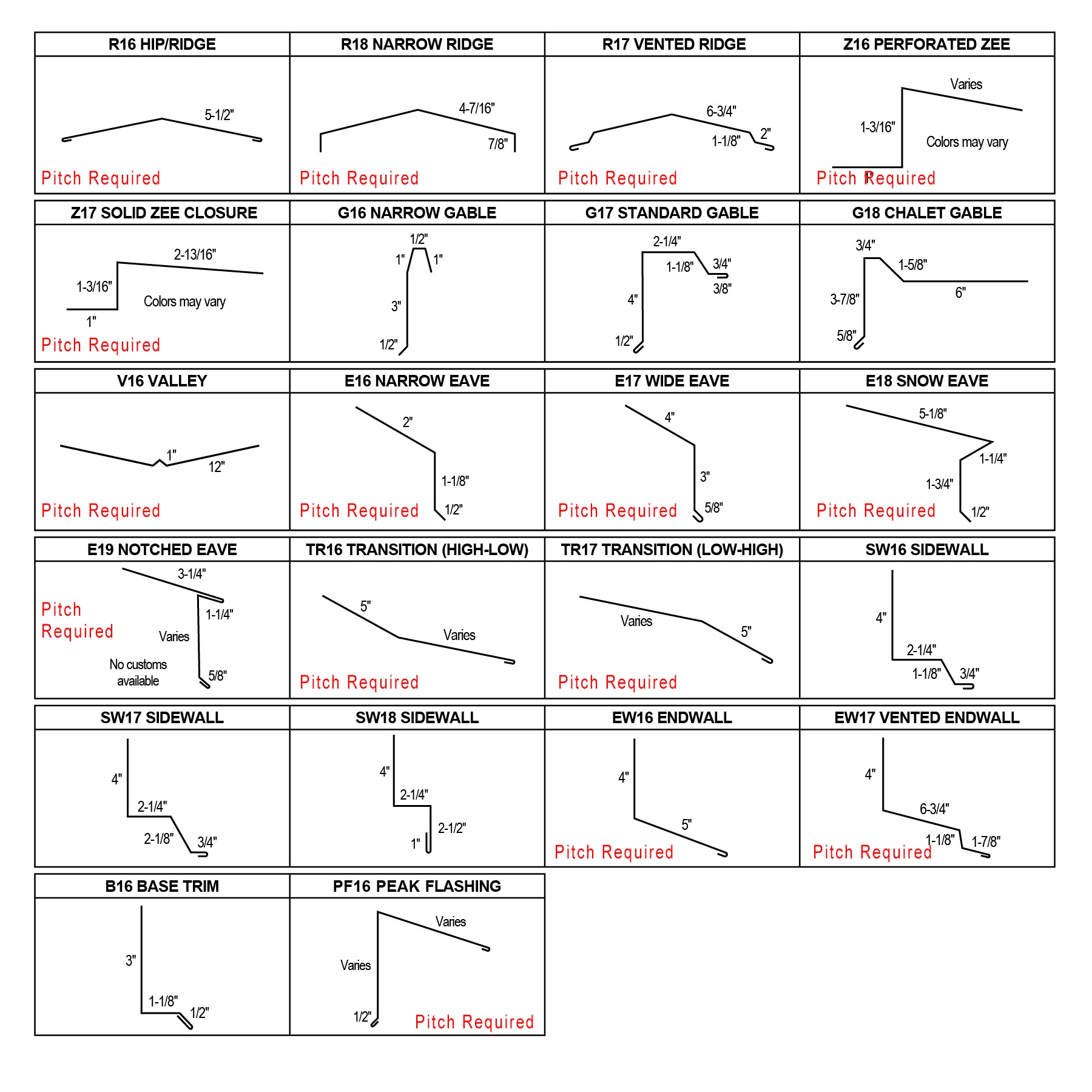

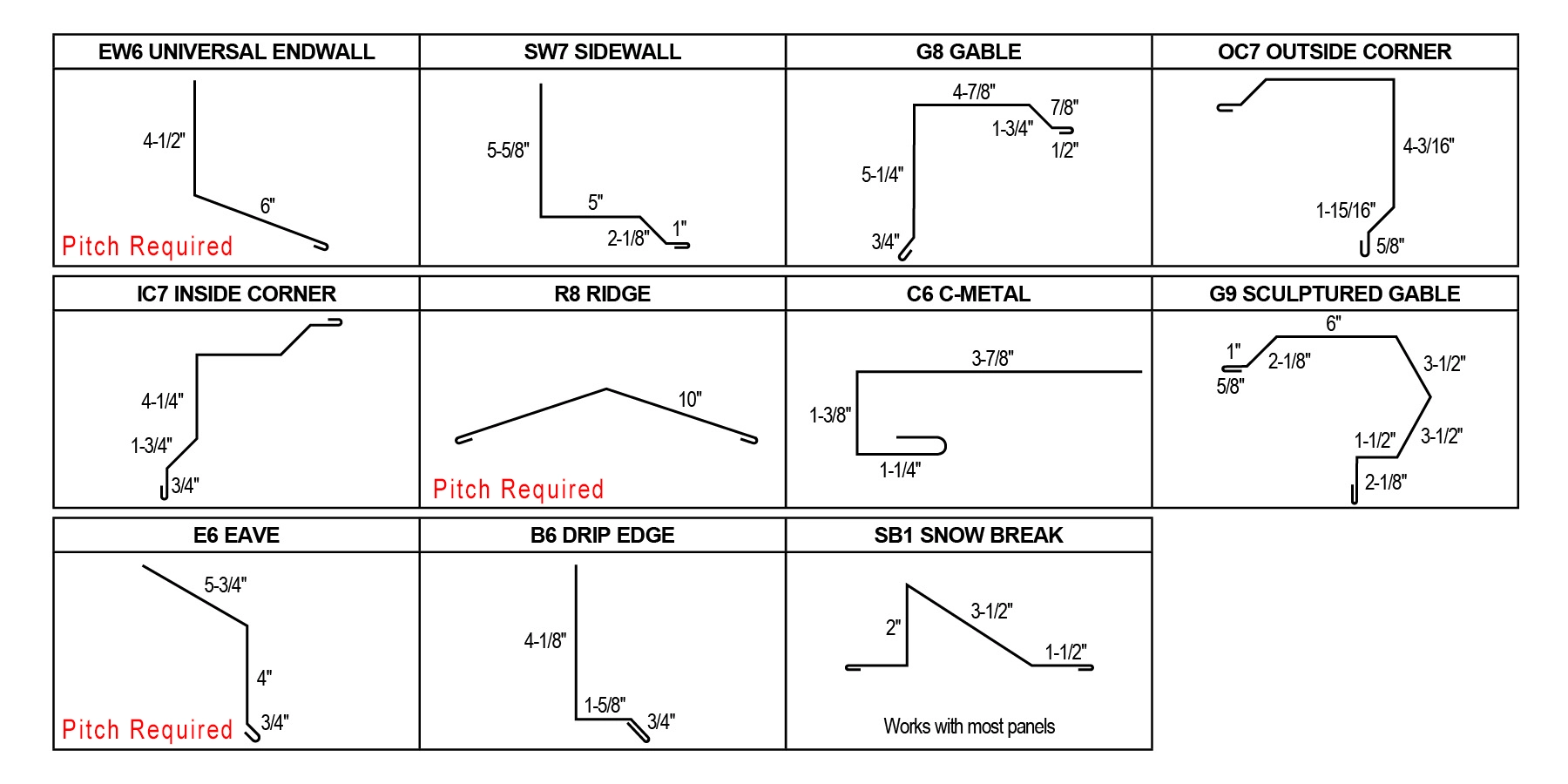



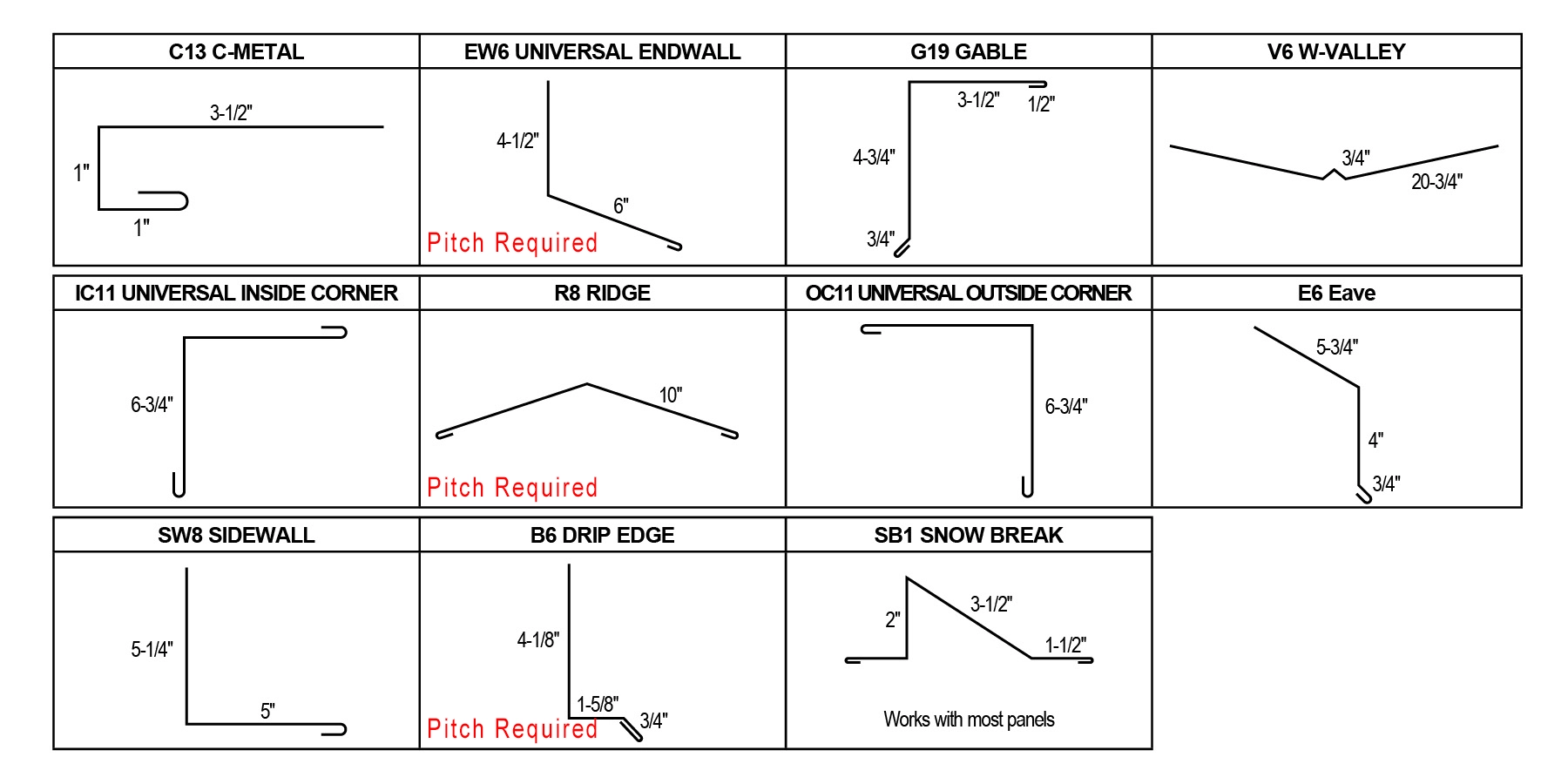

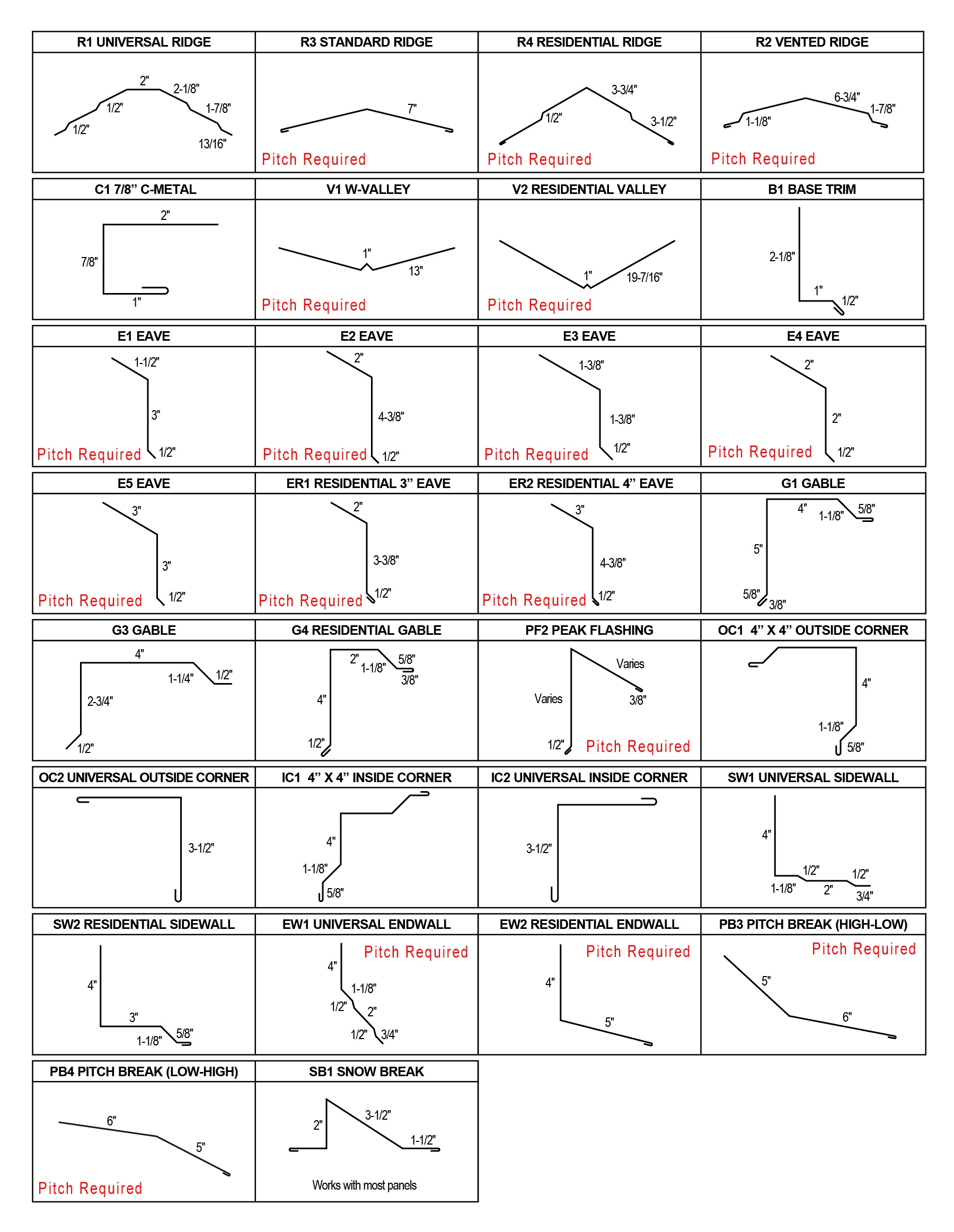

ZINCALUME® Plus

Winter White

Surf White

Light Stone

Desert Beige

Cascade Gray

Taupe

Patina Steel

Chestnut Brown

Classic Brown

Matte Black

Canyon Red

Rustic Red

Old Town Gray

Old Zinc Gray

Weathered Copper

Slate Gray

Tahoe Blue

Everglade

Denali Green

Forest Green

Copper Penny

Winter White

Light Stone

Desert Beige

Chestnut Brown

Rustic Red

Old Town Gray

Denali Green

Forest Green

Natural Rust
![]()
Etiam magna arcu, ullamcorper ut pulvinar et, ornare sit amet ligula. Aliquam vitae bibendum lorem. Cras id dui lectus. Pellentesque nec felis tristique urna lacinia sollicitudin ac ac ex. Maecenas mattis faucibus condimentum. Curabitur imperdiet felis at est posuere bibendum. Sed quis nulla tellus.
63739 street lorem ipsum City, Country
+12 (0) 345 678 9
info@company.com


